Visiting the Pyramids of Giza is a dream for many of us. And for good reason. As the only ancient wonder of the world still standing, its majesty has captivated travelers for centuries. But in this article, in addition to discussing the visit itself, I'm going to focus on our experience of reaching the Pyramids of Giza independently.
Something that in theory should have been a very simple process ended up becoming one of the worst travel experiences I've ever had. So much so that every time I think back to that day, the first thing that comes to mind is all the emotional toll we had to go through to get to the Pyramids, not how magnificent they were.
Join me in this article and discover everything you need to know if you plan to visit the pyramids on your own.
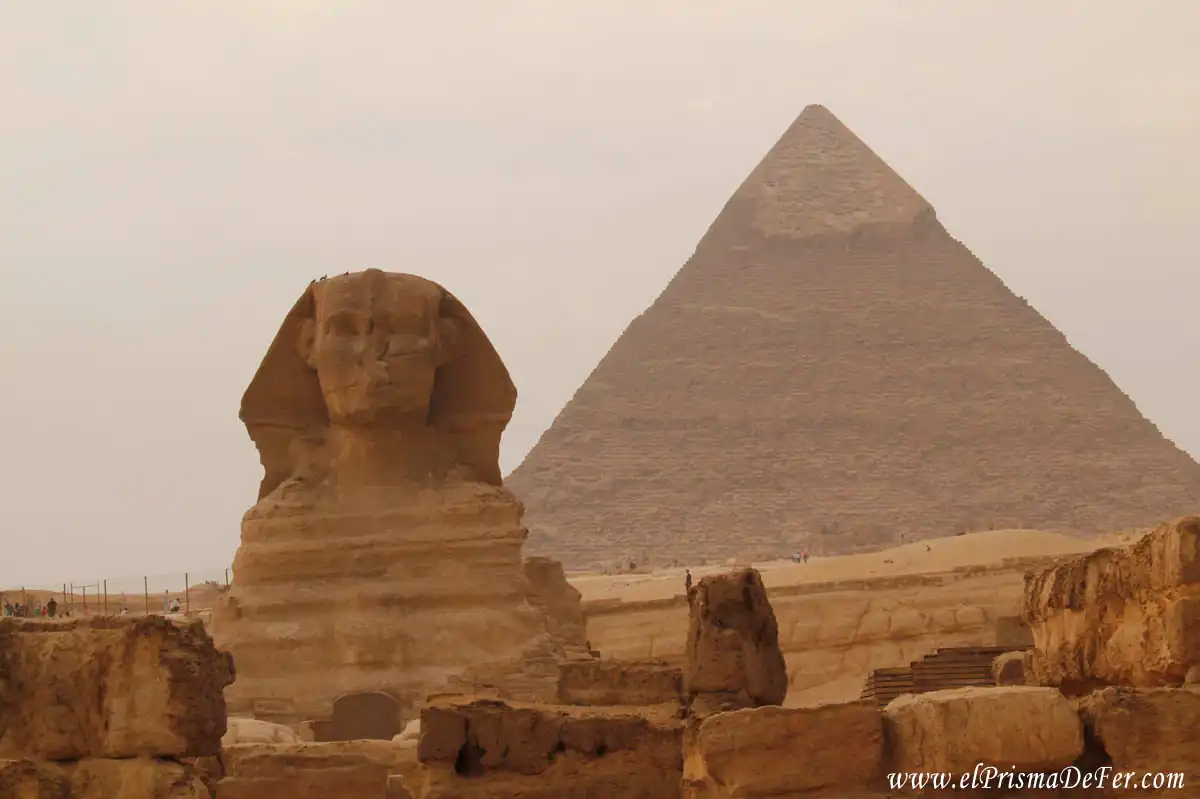

Table of Contents
Visit the Pyramids of Giza independently
Those who know me know that I always try to explore the tourist attractions in each country on my own. I wanted to avoid visiting the Pyramids of Giza on an organized tour, where I'd be given a set time to visit each place.
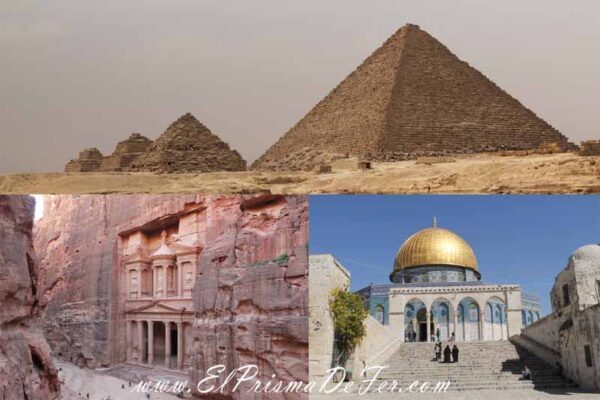
This article is part of the 2-week itinerary traveling through Egypt independently, which in turn belongs to the trip we made also getting to know Jordan and Israel.
With some advance planning and reading several travel blogs, I planned the steps necessary to visit them independently. And at first glance, based on the map, it didn't seem complicated: just take the metro from downtown Cairo and then a bus to one of the entrances to the Pyramids. Easy, right?
Going to the Pyramids of Giza by public transport
The day begins at our hotel located in the downtown area of the city, the Cairo Plaza HotelWe had breakfast and walked to the nearest subway station.
Subway to Giza Station and First Scam Attempt
Traveling by metro in Cairo is not difficult. The service is average and the signage is decent and clear. We took the metro from the Mohamed Naguib station on the M2 line to the Giza station. There are approximately 6 stations.
As soon as we left the platform and went through the turnstiles, a young man approached us and began talking to us with the utmost friendliness. "Where are you from? What do you think of Cairo? Where are you going?" Typical questions that at first glance might seem well-intentioned, but we knew they weren't.
Without stopping following us, he asked us if we wanted to visit the Pyramids, that he knew the way and would take us there. Obviously our answer was NO. We tried to speed up our pace so he would leave, but he wouldn't. There were a lot of people walking around at that station and it was hard to find the exit to get to Al Haram Avenue.
The boy kept following us and talking to us, saying that the way we were going was wrong, that the right way out was another way, over and over again. As we continued forward, another man intercepted us with a child. He told us that the way out was another way, that we shouldn't follow the insistent boy. When we saw that the first boy started to leave, we said, well, maybe this good man could show us the right way out.
We started walking in the same direction as the man, slowly separating ourselves from the rest of the crowd. When he pointed us toward the exit, he began to tell us that he was going to visit the Pyramids for the first time with his son, and that he knew of a way to see them in a more local way, rather than a touristy one. He wanted us to accompany him. Done. When he said that, I took my partner's hand and we started walking in the opposite direction. They were clearly in cahoots and were trying to take us somewhere else, for who knows what purpose.
Finally, the correct exit to reach the main avenue was the one we had been aiming for from the very beginning. These guys who were blocking us only wanted to distract us so they could take us where they wanted.

You might be interested in reading the guide to traveling through Egypt, ideal for planning your adventure.
Bus hasta las Pirámides, segundo intento de estafa
Once outside the metro station, we arrived at Al Haram Avenue, where we were supposed to take a bus that would take us straight to the Pyramids. Supposedly, they don't drop you off at the entrance, but they're close enough to walk.
After a few minutes of waiting, we see the Bus M7 arrive. We got on and asked the driver how much it would cost to get to the Pyramids. The man stared at us in silence for a few seconds and then told us a price much higher than a taxi. It didn't make sense. I told him it was very expensive for the bus, to which he replied with a slight smile and a shrug, as if to say, "What do I care, pay up or get lost."
I didn't like his attitude, so we got out. We checked the Uber app to see how much it would cost, but we saw that the route was winding all over the place to get to the complex's entrance. In theory, I just had to go straight down the avenue to the entrance.
We ruled out Uber and opted to hail one of the many taxis that passed by the avenue heading towards the Pyramids.
Transfer in a local taxi
Although the taxi driver didn't speak a word of English, we were able to agree on a fare in advance to go to the Pyramids of Giza. The distance wasn't far; only a few kilometers separated us from one of the Seven Ancient Wonders of the World.
Several times the man gestured ahead, as if asking if we wanted to continue along that path. We, not understanding much, and looking at the route on the GPS, said yes, to keep going.
As we approached, we noticed people standing in the middle of the avenue, staring at us intently. Some of them were shouting things at us in Arabic. We didn't think much of it, since it's normal in Cairo for people to shout, push, and walk in the middle of the avenues.
But as we continued, these people became more violent. They weren't just yelling at us and the driver; they also started hitting the taxi and following us. Every time we stopped at a traffic light, more and more people gathered around, hitting the car and shouting things in a rage.
People threatening and shouting
Our driver, who was an adult, wasn't far behind, and he also shouted back. They were all shouting at each other, as if blaming each other in Arabic, and we had no idea what was going on.
The climax came when one of these violent individuals forced his way into the taxi and sat in the front seat. This robust man wearing dark glasses began shouting things incomprehensible to the driver's face. We were shocked.
It took us a few seconds (an eternity, by the way) to fully grasp the situation. We started screaming like crazy inside the car for this person to get out. We were going to call the police or whoever. Only then did the man look at us and explain in broken English what was happening.
According to this person, we weren't supposed to be there on our own. Everyone shouting and banging on the car wanted the taxi driver to drop us off right there, since we were supposed to travel in their cars or camels. It was all part of the business they were running to get closer to the pyramids, and they apparently weren't willing to lose potential customers.
The taxi driver, a good man
After more shouts and threats from everyone in the car, the intruder calms down, turns around one last time and says to us: “you are lucky, you have a good driver” (They're lucky, they have a good driver.) He gets out of the car and suddenly everyone around us stops bothering us.
Our driver, whose hands on the wheel were shaking from nervousness, lights a cigarette and begins to breathe deeply. He returns to the avenue, and without realizing it until that moment, we discover that the pyramids were only a few meters away; they were right next to us.
The commotion and stress of the situation were so overwhelming that we hadn't even realized we were so close. The feeling of "We've finally arrived" was more one of relief than joy.
The taxi drops us off near the entrance, and after giving him a good tip and thanking him for how he handled the situation, we say goodbye.
Now we were starting to understand why the Uber route took so many detours to get there, or why the taxi driver was asking us (in Arabic) if we wanted to continue down that avenue. While it was the most direct route, it seems to be well known that it's not the best way to get there.
We took a few minutes to calm down, relieve stress, and enjoy a bit of catharsis, and now we were relieved to have finally reached the Pyramids of Giza.
Visitar las Pirámides en un tour
If you'd rather avoid the hassle of visiting the Pyramids on your own, the simplest option is to book a fully organized tour. In addition to transportation and a guide, many tours include visits to other iconic pyramids, such as those at Saqqara and the Memphis complex, so you can make the most of your day.

How and where to buy tickets to the Pyramids of Giza
Tickets to visit the Pyramids of Giza can be purchased directly at the ticket offices at the main entrances to the complex. There are two main entrances: the Sphinx entrance and the Pyramid of Cheops entrance, and you will find official ticket offices in both.
It is now also possible to purchase tickets in advance through the official website of the Egyptian Ministry of Tourism and Antiquities, a practical option to avoid lines during high season or if you want to plan everything in advance.
Types of tickets
- General admission to the Giza complex: allows you to tour the outer complex, getting up close to the three main pyramids, the secondary pyramids, the Sphinx, and the mortuary temples.
- Additional tickets to access the interior of the pyramids: Cheops, Khephren, or Mycerinus. These are paid separately and have a limited capacity per day.
Practical advice
- If you plan to enter the Great Pyramid of Cheops, buy your ticket early because they tend to sell out quickly.
- Bring cash in Egyptian pounds, as ticket offices often don't accept cards.
- Always keep your ticket as it may be requested at various checkpoints within the complex.
History of the Pyramids
The Pyramids of Giza are the ultimate symbol of Ancient Egypt and one of the most impressive architectural complexes in the world. Built during the 4th Dynasty, more than 4,500 years ago, they were part of a funerary complex intended for the pharaohs who ruled at that time.
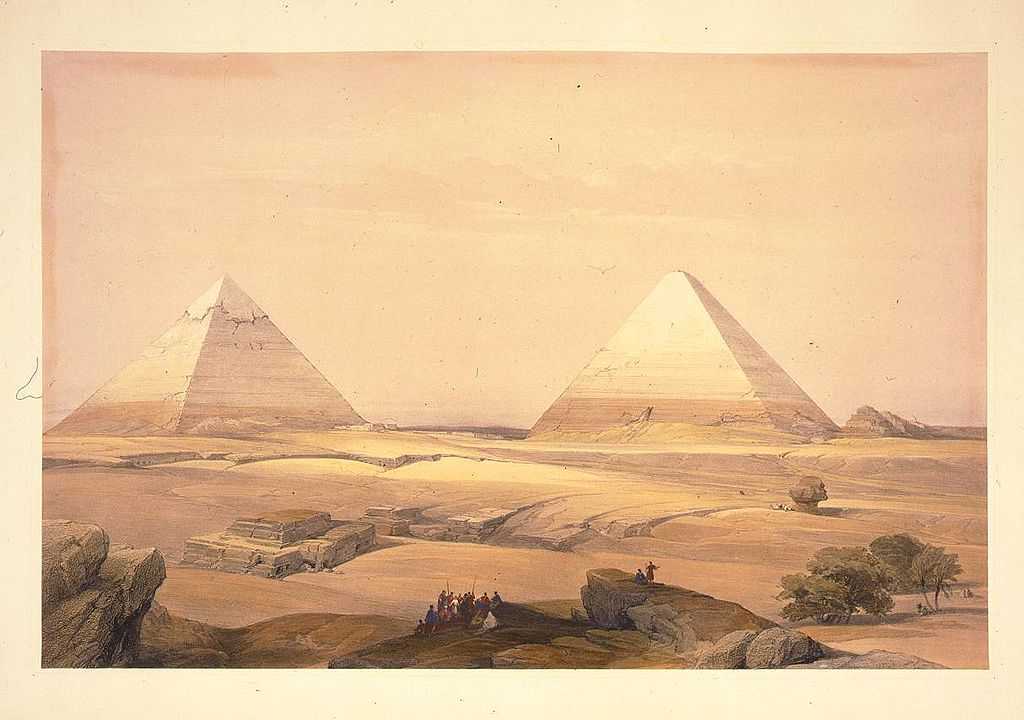
Each pyramid was a monumental tomb designed to ensure the pharaoh's journey to eternal life, according to the Egyptian worldview.
The largest and best known is the Great Pyramid of Cheops, considered one of the Seven Wonders of the Ancient World and the only one still standing. Beside it are the Pyramid of Khafre, recognizable by the fact that it still retains part of its original casing at the top, and the Pyramid of Menkaure, the smallest of the three main ones. The complex is completed by several smaller pyramids, funerary temples, causeways and the enigmatic Sphinx of Giza, which still raises questions about its origin and meaning today.
These constructions not only reflect the political and religious power of the pharaohs, but also the incredible knowledge of engineering, mathematics, and astronomy that Egyptian civilization attained. With stone blocks weighing several tons, perfectly aligned with the cardinal points and even certain stars, the pyramids remain a fascinating enigma for archaeologists and travelers around the world.
Map of the Pyramids complex
What is the visit to the Pyramids of Giza, one of the 7 Wonders of the Ancient World, like?
Walking Tour
A free walking tour of the Pyramids of Giza is the best way to start exploring this wonder of the world. While it's not free, as it operates on a tip-based system, it helps you get your bearings quickly, you learn history and anecdotes from a local guide, and you can meet other travelers along the way. You can book your free walking tour here.

The largest pyramid in Egypt, Cheops
As soon as we entered the complex through the entrance to the Pyramid of Cheops, we came across the largest and most wonderful of the Pyramids in the complex and in all of Egypt. It only took a few steps to have it right in front of us. Its size is enormous, as are the blocks used to build it.
Now I understand why there are still so many doubts about how they were able to build this marvel thousands of years ago. Theories like "it was aliens" are still current today. Although I don't believe that, wanting to know how they did it kept me thinking all day.
Although those thoughts would be constantly interrupted by the Egyptian siege inside the complex. Not only is reaching the Pyramids exhausting, but inside the complex, they also constantly try to take advantage of tourists.
A security guard interrupted us and told us we couldn't walk; we'd have to hire a camel or other means of transportation. He showed us a badge claiming to work there. Luckily, I knew beforehand that it was a lie, and that the complex isn't that big, you can easily walk around it.
Fed up with so many attempts to deceive us, we started ignoring everyone who approached us to say something. Guys smiling at us wanted to take a picture (and then ask for money). People on camels inviting us to get on and then refusing to let you down unless you paid. Every step we took, someone approached us to "offer" us something.
I didn't notice this invasive behavior with tourists traveling on organized tours; they weren't harassed as much as those of us who were alone. Evidently, there must be some kind of agreement: leave those who pay more money alone and "hack" those who travel on their own.
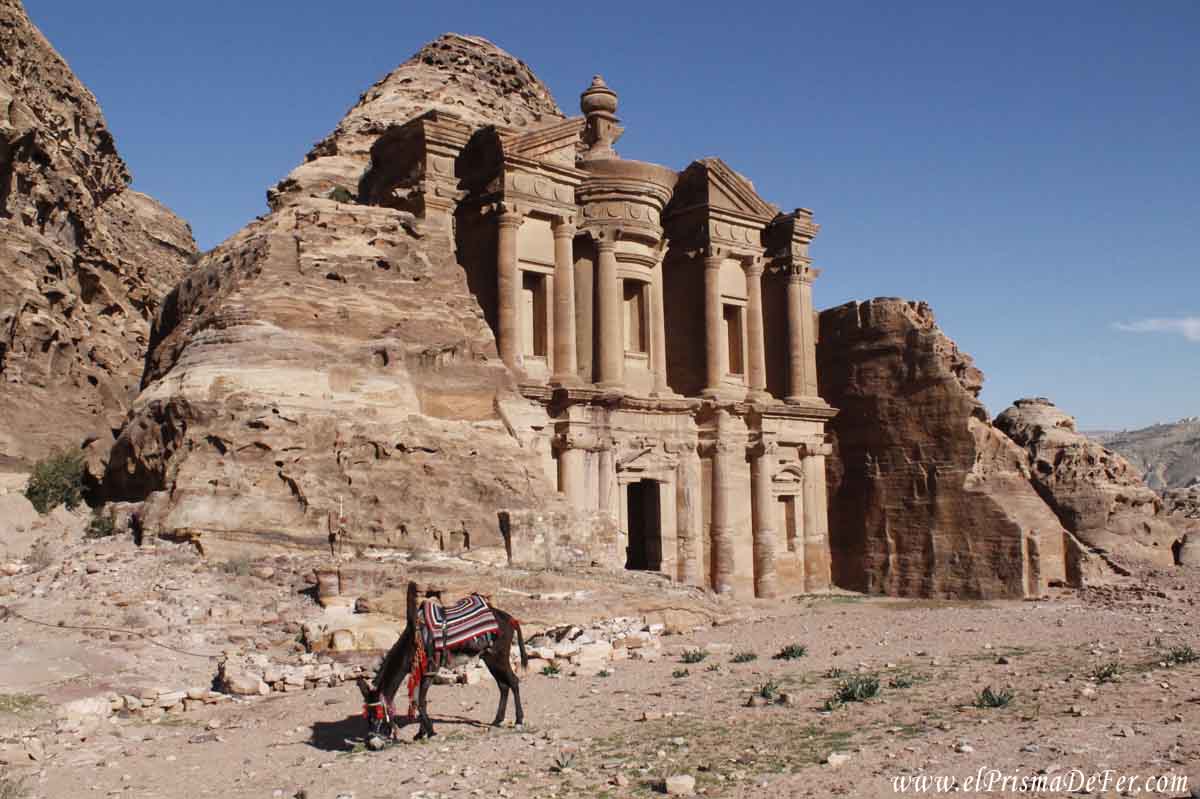
During this same trip, We visited Petra, one of the 7 modern wonders, y la experiencia que tuvimos fue totalmente distinta.
The second largest Pyramid, Khafre
Bordering the Pyramid of Cheops, we come across the Pyramid of Khafre, the second largest in the complex. This one is unique in that it has a bit of the white limestone originally used to build it at its top.
Over time, that stone crumbled, giving rise to the appearance we all know today, but originally, they had that whitish color that stood out more.
We opted to buy tickets to enter Kefrén. At the door, a security guard was initially reluctant to let us in. The reason was because I had a large camera in my hands. Luckily, after a brief argument, he let me put it in my backpack. The tour is short and a bit claustrophobic. We walked for a few minutes through a tunnel, crouching slightly, until we reached the master bedroom.
This crypt, unlike the tombs that one Visit the Valley of the Kings in Luxor, has no ornamentation on the walls. There are no paintings or hieroglyphics like those seen in the others. It's an empty room, where the only thing visible is where the pharaoh's sarcophagus was.
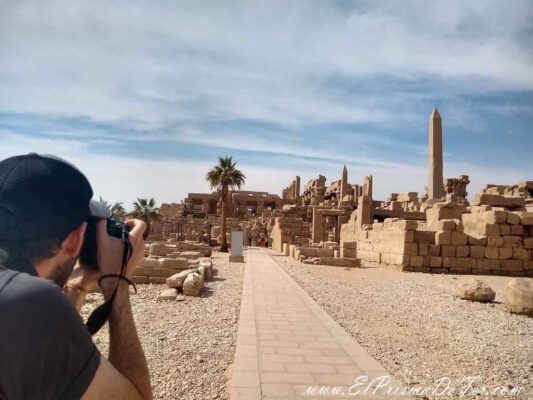
To learn more about Luxor, you can read the entry I wrote about the ancient capital of the Egyptian Empire
Even though you can't appreciate the great decoration inside, I recommend entering at least one of the two (they say they're similar). The feeling of knowing you're beneath such a structure, in the very place where the pharaohs rested after they passed away, is priceless.
As we left, the security guard smiled at us and asked how our trip went. We happily replied, "Great!" He laughed and extended his hand. "Tip, tip, tip," he said. He wanted a tip. To which I asked, "Why?" He claimed he did us a favor by letting us in with the camera in our backpack. When we refused, he started yelling and cursing at us in Arabic (as they always do when you refuse to pay for scams). We continued on, ignoring his indignant act.
The smallest of the three pyramids, Menkaure
The next Pyramid on the tour is the Pyramid of Menkaure. A little further from Cheops and Khafre, and smaller than these two, it's the third one that always appears in typical photos. It's also the quietest to explore, as the crowds of tourists and vendors were more concentrated around the first two.
We took advantage of the calm and sat down in the funerary temple just across from Menkaure to eat something.
Pyramids Viewpoint
If you walk diagonally away from the Pyramid of Menkaure, you can reach a point where you can get incredible views of all three Pyramids at the same time. You will find silence and an excellent vantage point from which to admire so much history at the same time.
This moment was the most enjoyable part of the day. That increasingly strong wind whipping up the sand, with those wonders of the ancient world in the background, is a memory we'll never forget.
With some regret, we slowly returned to the center of the complex to visit our last stop, the much-photographed Sphinx.
The Sphinx of Giza
The Sphinx of Giza is one of the most recognizable icons of Egypt and the ancient world. This enormous statue with the body of a lion and the head of a human has stood guard over the Giza complex for over 4,500 years.
It is believed to represent the pharaoh Khafre and that its function was to protect the funerary temples and serve as a symbol of royal power.
At over 73 meters long and 20 meters high, the Sphinx continues to impress with its size and the precision of its construction, despite centuries of erosion and damage.
Throughout history, it has been the subject of numerous studies, restorations, and, of course, myths and legends that attempt to explain its origin and purpose.
This was where we found the largest crowds of people. We had to wait in lines both to get in and out, and we could barely stand still on the walkways. People came and went, taking the same photo from the same perspective over and over again.
In any case, the postcards you get from different angles are very beautiful, especially when the Pyramid of Khafre is behind the Sphinx.
What we did not get to visit is the museum where the Cheops Barge is locatedThey were already closing and we didn't have enough time to go.
Return to the center of Cairo from the Pyramids
As dusk fell, we began to leave the complex through the entrance to the Sphinx. It was difficult to leave, not because of the siege, but because of the picturesque sunset with the pyramids in the background.
We decided to sit down and have a nice meal at a restaurant right across the street from the gate. This area is full of hotels and places to eat, as the view of the pyramids is very good.
We only had one last thing left to do before the day ended: return to the hotel. After all the ordeal we'd endured getting there, we were already preparing for the worst again.
On the way back, we decided to call an Uber to take us from the complex to the nearest subway station, and from there, we returned to the city center. Luckily, the return trip went smoothly, just as the outward journey should have. We didn't have any altercations with anyone, and we didn't see anyone trying to scam us. The driver took a freeway, and in a few minutes, we were back on the subway.
Activities organized from Cairo
Disclaimer: The following tours contain affiliate links. This means that if you book through them, I'll receive a small commission at no extra cost to you. It's a way to support my work and help me keep this space alive, filled with stories and travel advice. Thanks for joining me on the journey ;)!
How long does it take to visit the Pyramids of Giza?
A visit to the Pyramids of Giza can vary greatly depending on what you want to see and your pace. For a basic tour, including seeing the three main pyramids from the outside, the Sphinx, and the mortuary temples, 3 to 4 hours is usually enough. This allows for a leisurely stroll, taking photos, and enjoying the scenery without rushing.
If you also want to enter the interior of a pyramid, such as the Great Pyramid of Cheops or the Pyramid of Khafre, it is advisable to add 1 or 2 additional hours, since access is limited and there may be lines.
Budget for visiting the Pyramids of Giza independently
Prices are estimated for the year 2025.
- Round trip on the M2 metro to Giza station: 8 pounds per pax.
- Taxi from Giza to the Pyramids: 40 pounds per trip
- Entrance to the Giza Pyramids complex: 700 Egyptian pounds, 350 with student ID.
- Entrance to the interior of the Cheops Pyramid: 400 Egyptian pounds
- Entrance to the interior of the Pyramid of Khafre: 100 Egyptian pounds
- Uber from the Pyramids to the return station: 60 pounds

Final thoughts on visiting the Pyramids on our own
The Pyramids are incredible, and it goes without saying that they're a must-see if you're in Egypt. It's a privilege to have witnessed these architectural wonders left behind by ancient civilizations. Seeing them standing thousands of years after they were built, and still not knowing for sure how they were able to be built, makes the feat they achieved even greater.
The downside of the day was the whole experience we endured getting there on our own. The level of stress and tension that left us with lasted for several hours (and even days). I must admit that for the first time, I felt I would have been more relaxed visiting the Pyramids on an organized tour than on my own.
The benefits of a tour are that you'll forget about all the logistics involved in getting there, plus the peace of mind of not having to worry about being scammed all the time. The price will certainly be higher, but in my opinion, it would be worth it in this case.
Support The Prism of Fer!
Your support helps me continue creating free content on the blog. Thank you so much!


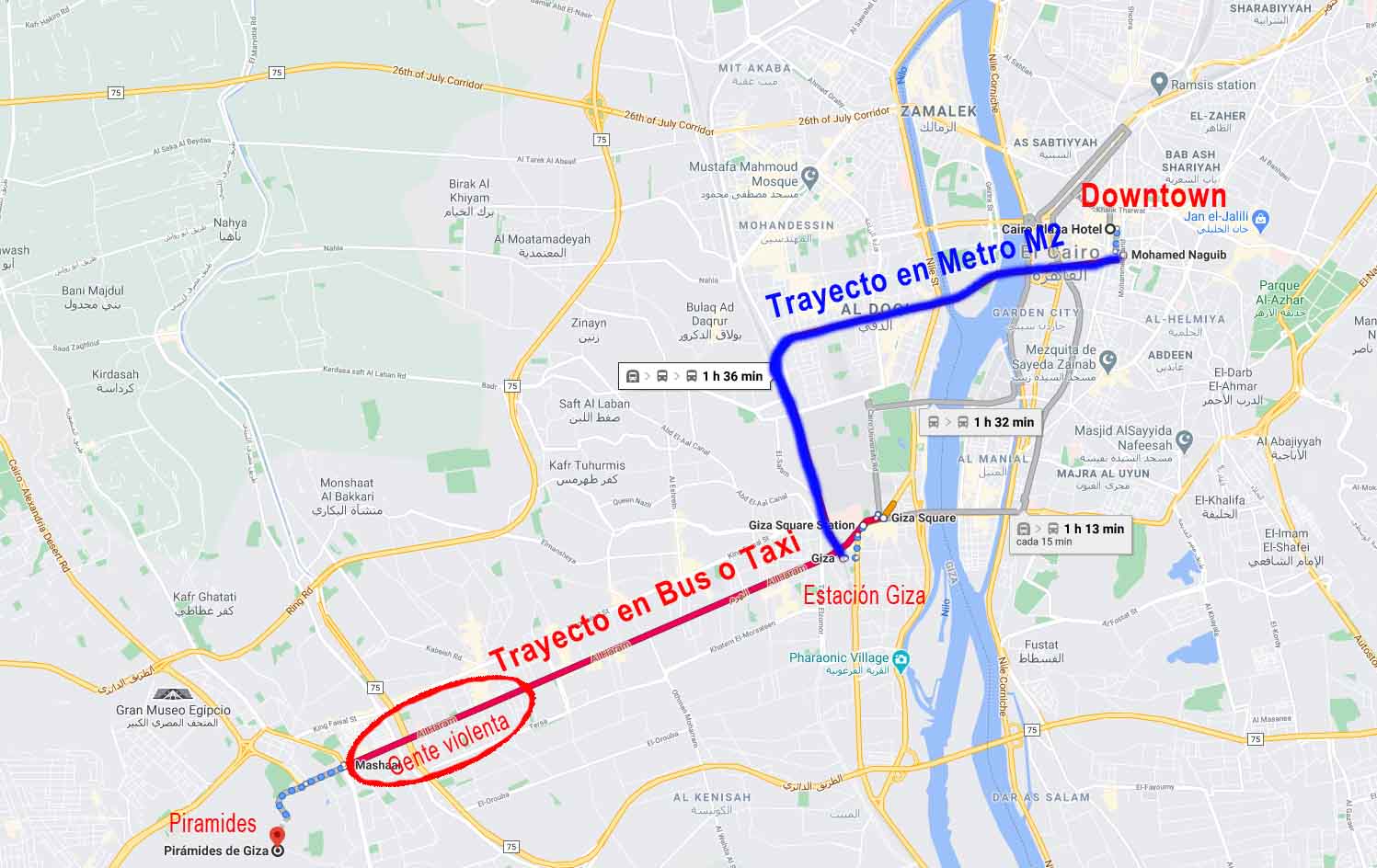

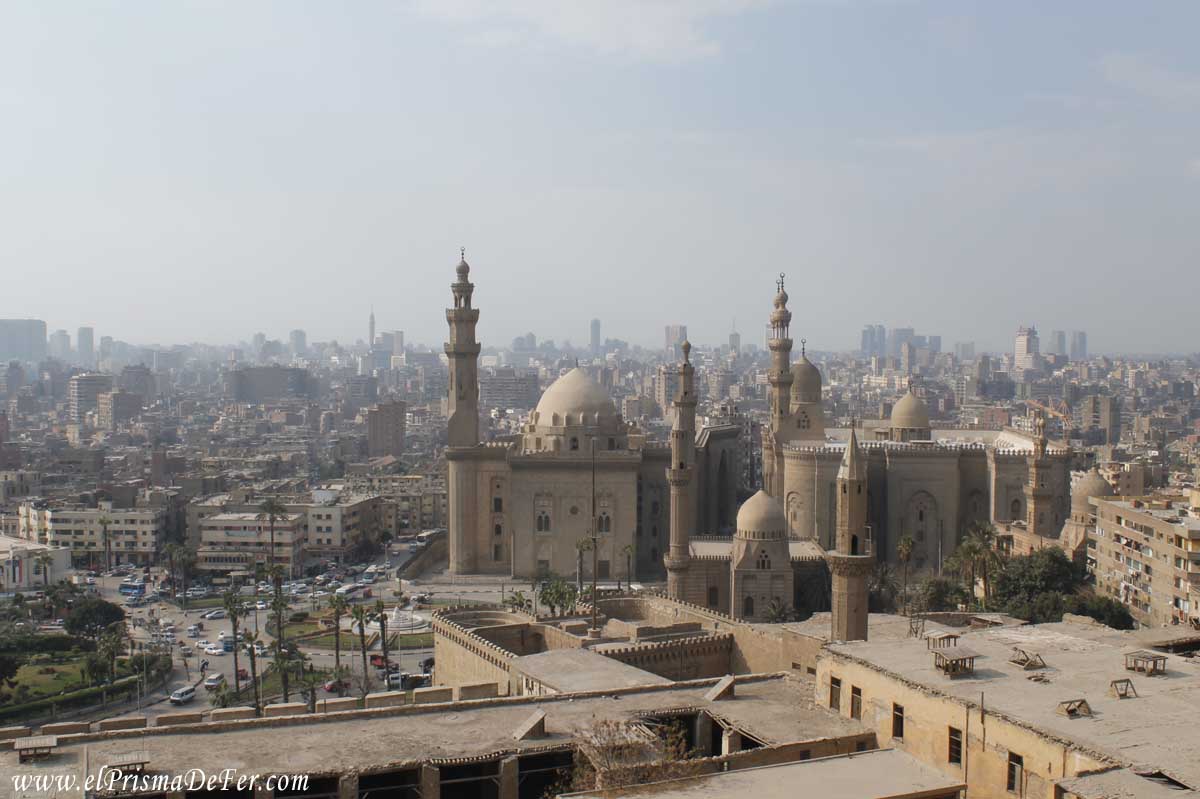
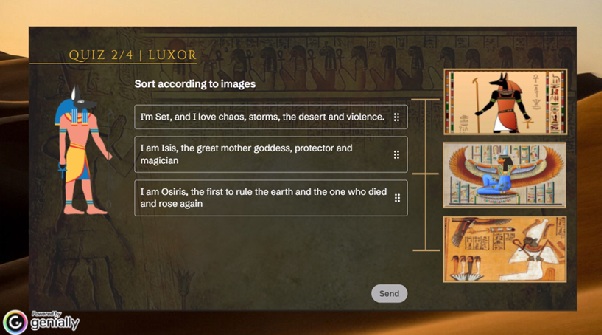
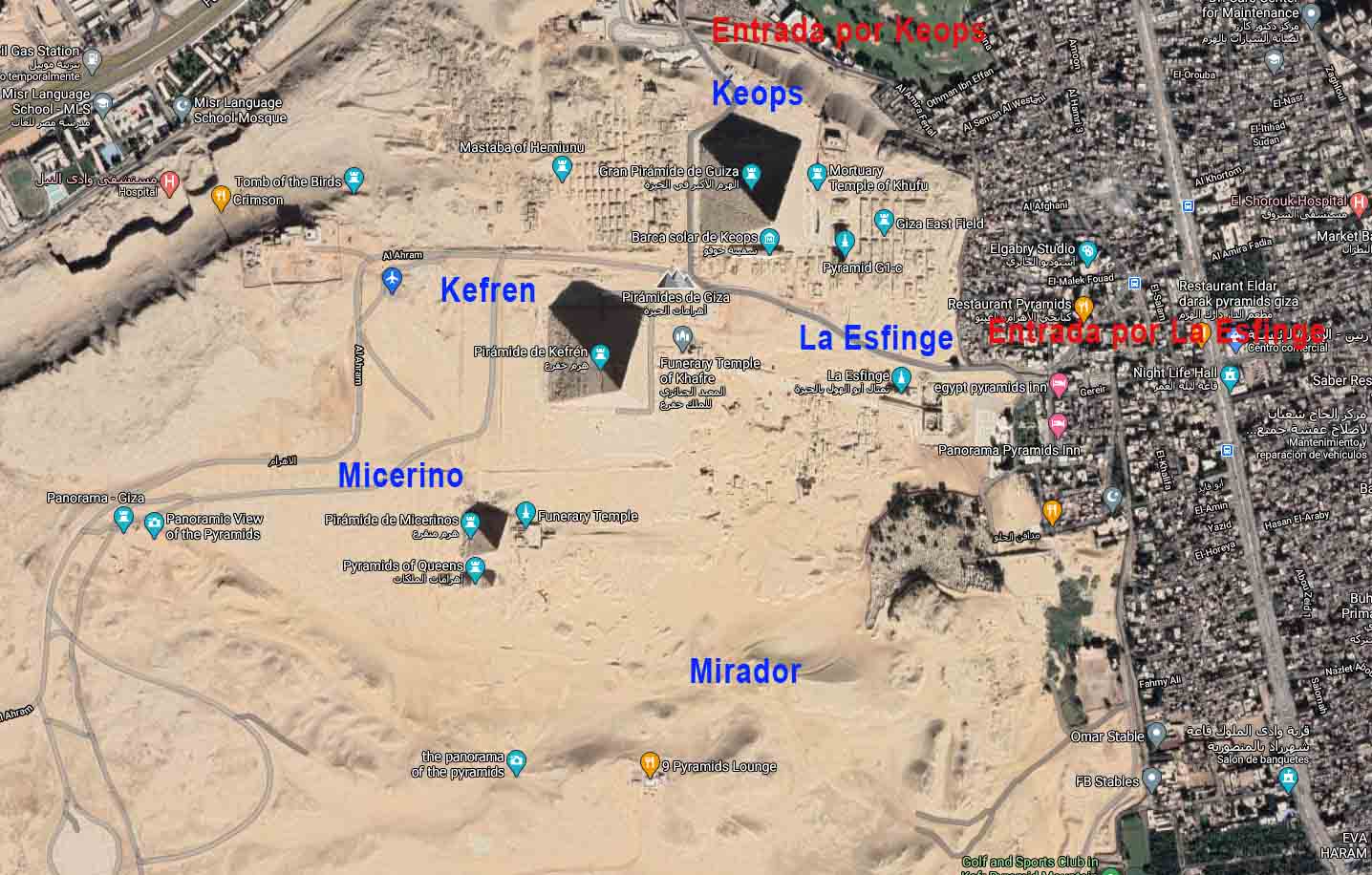
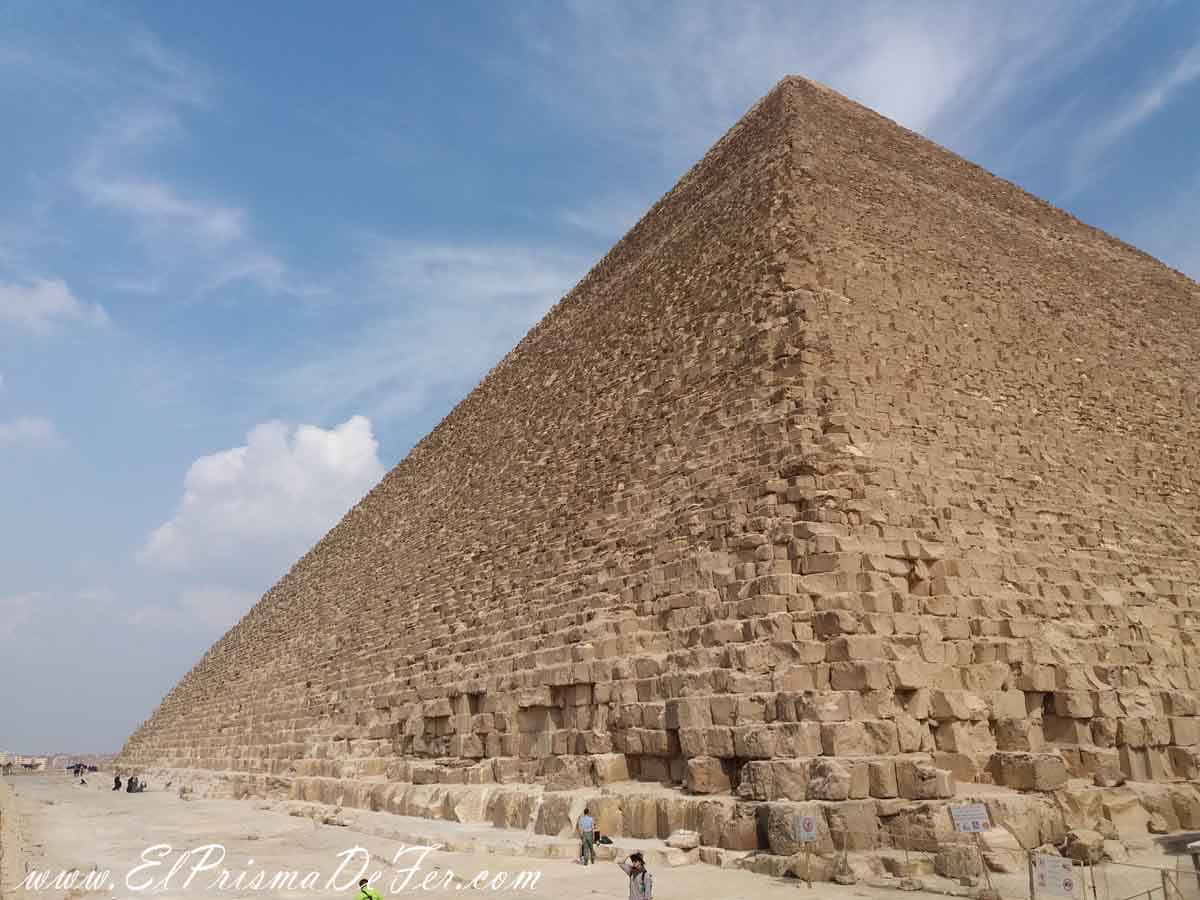
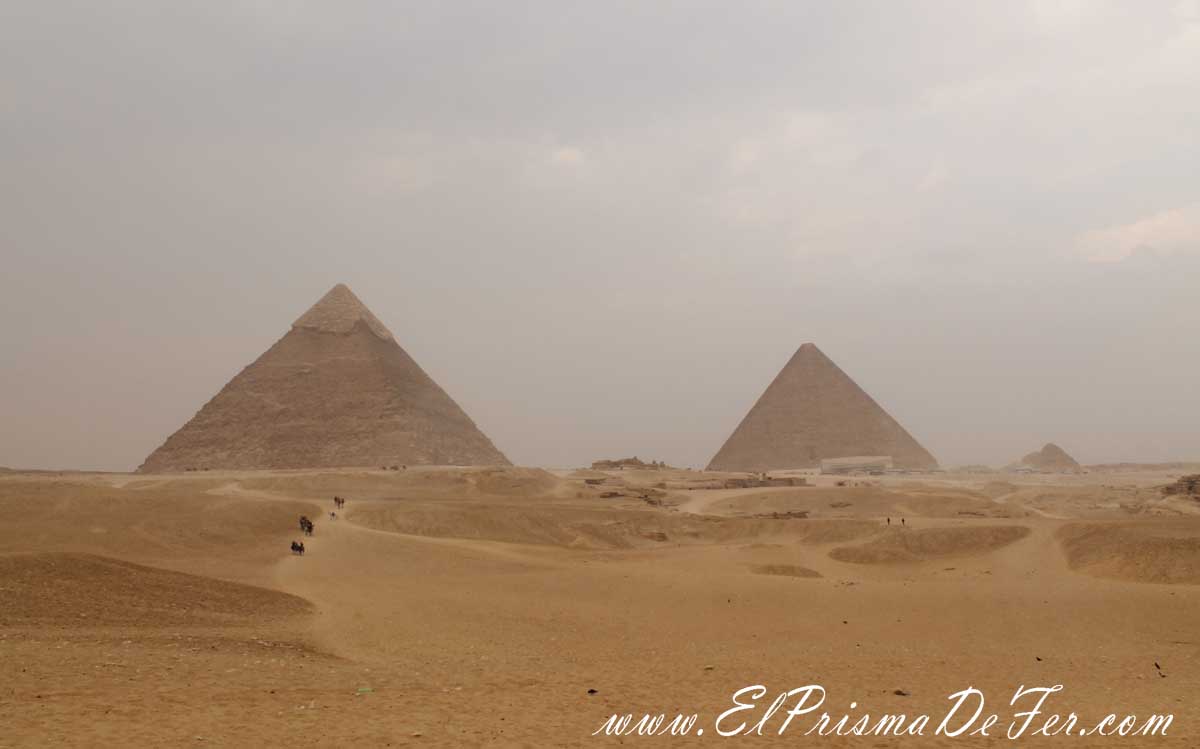
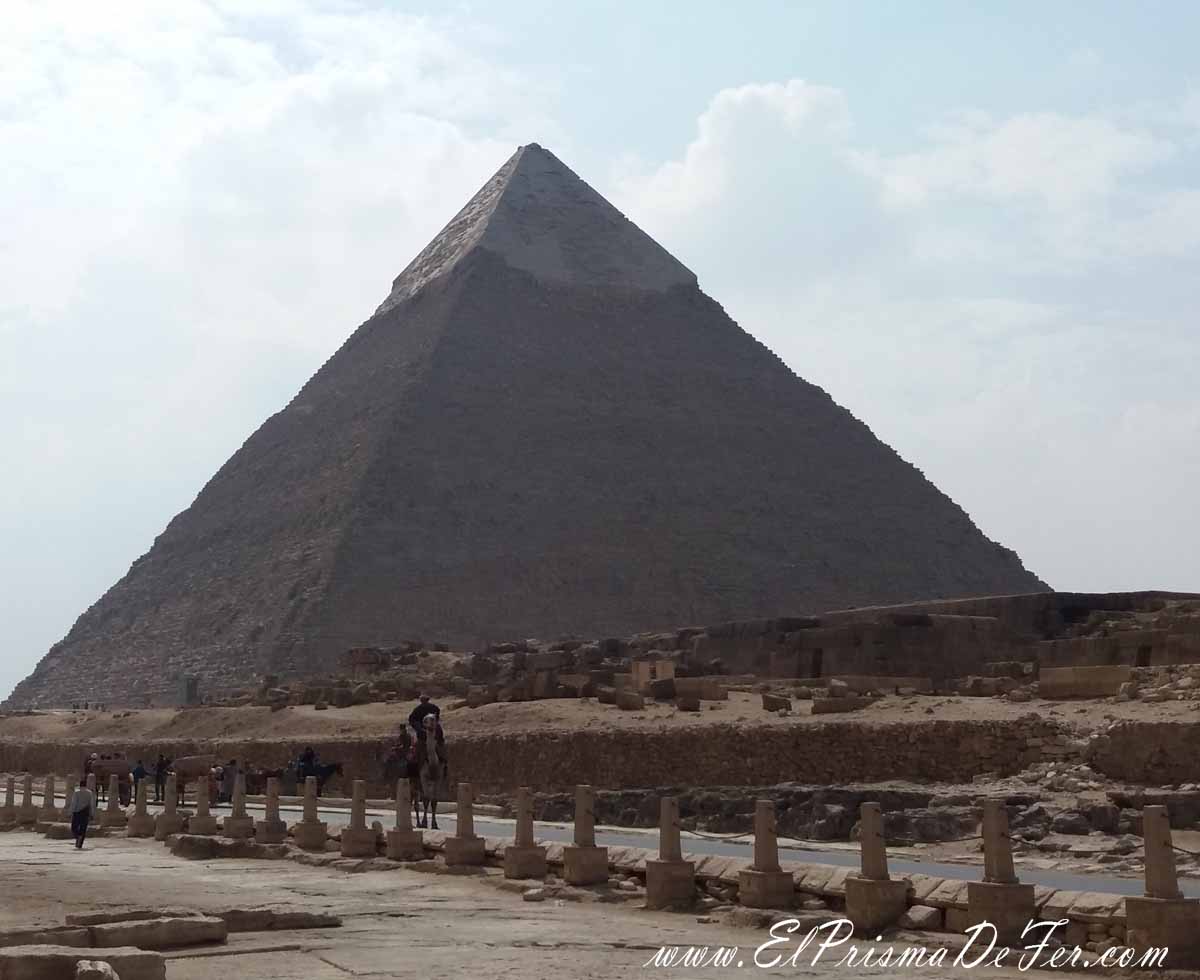
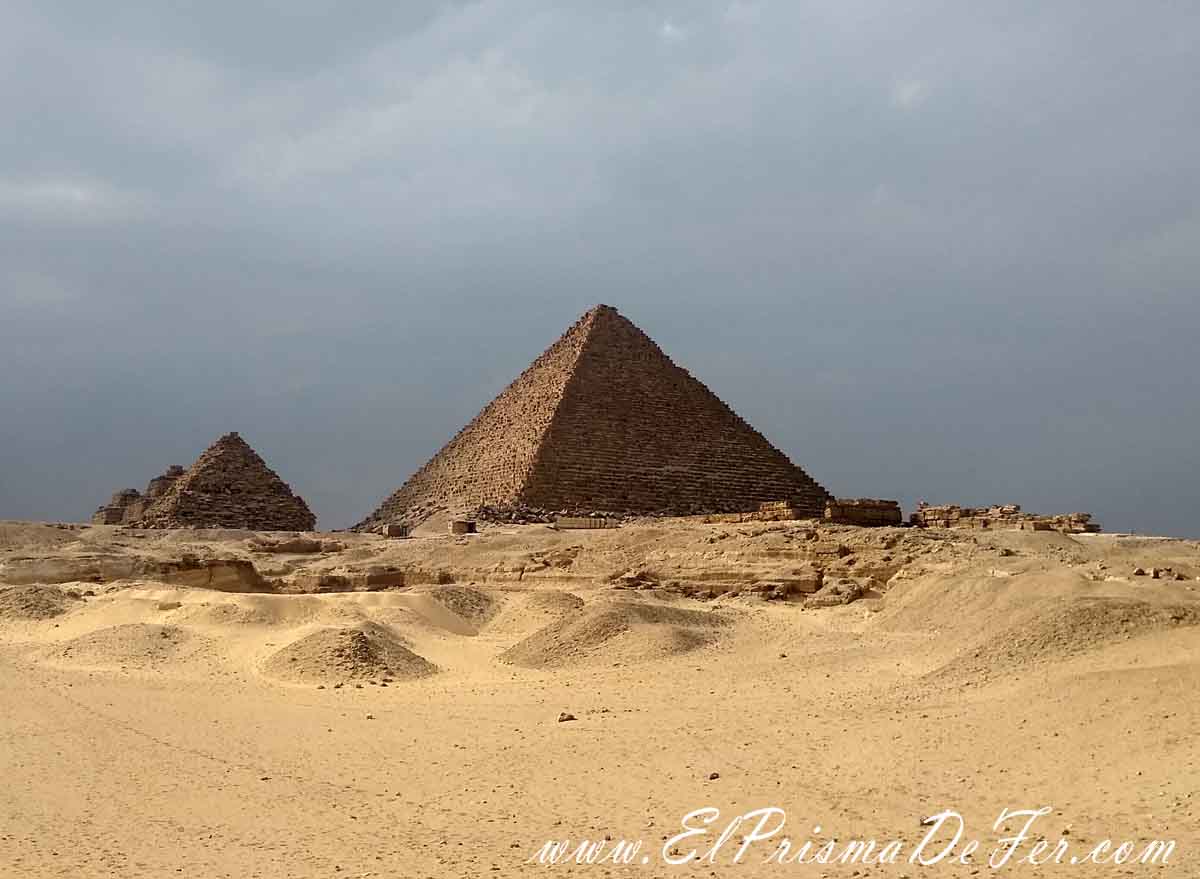
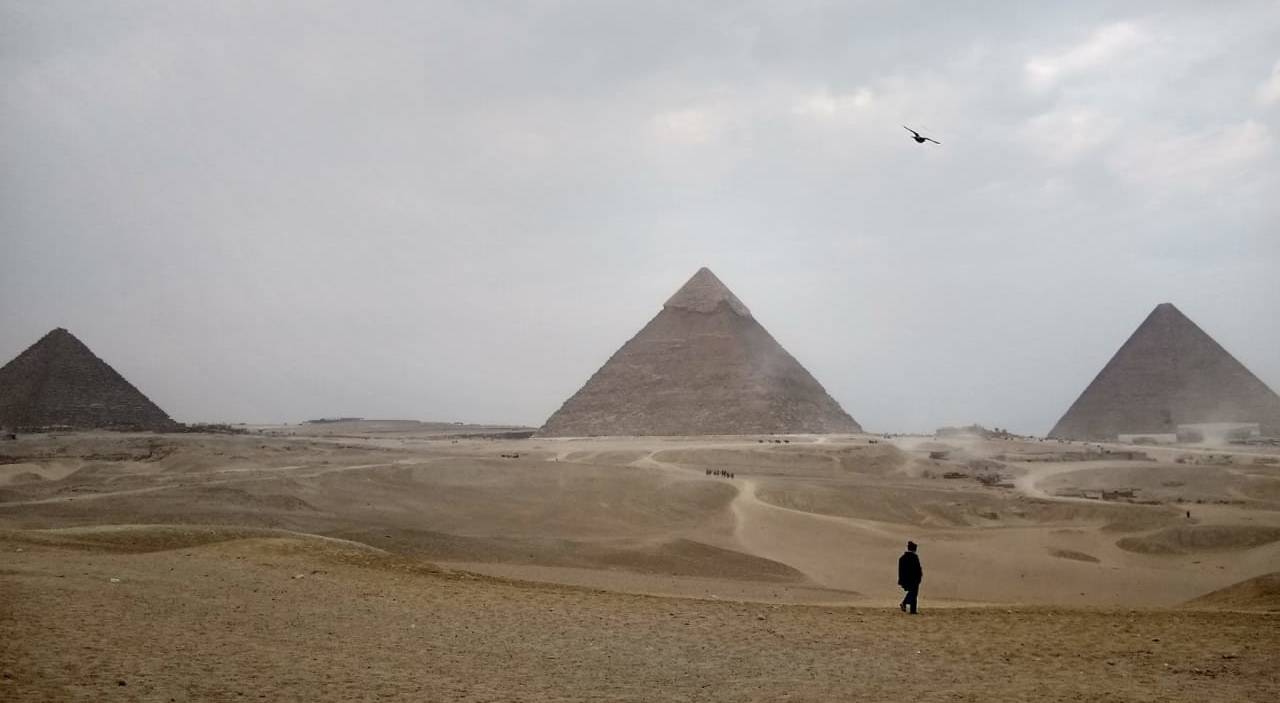
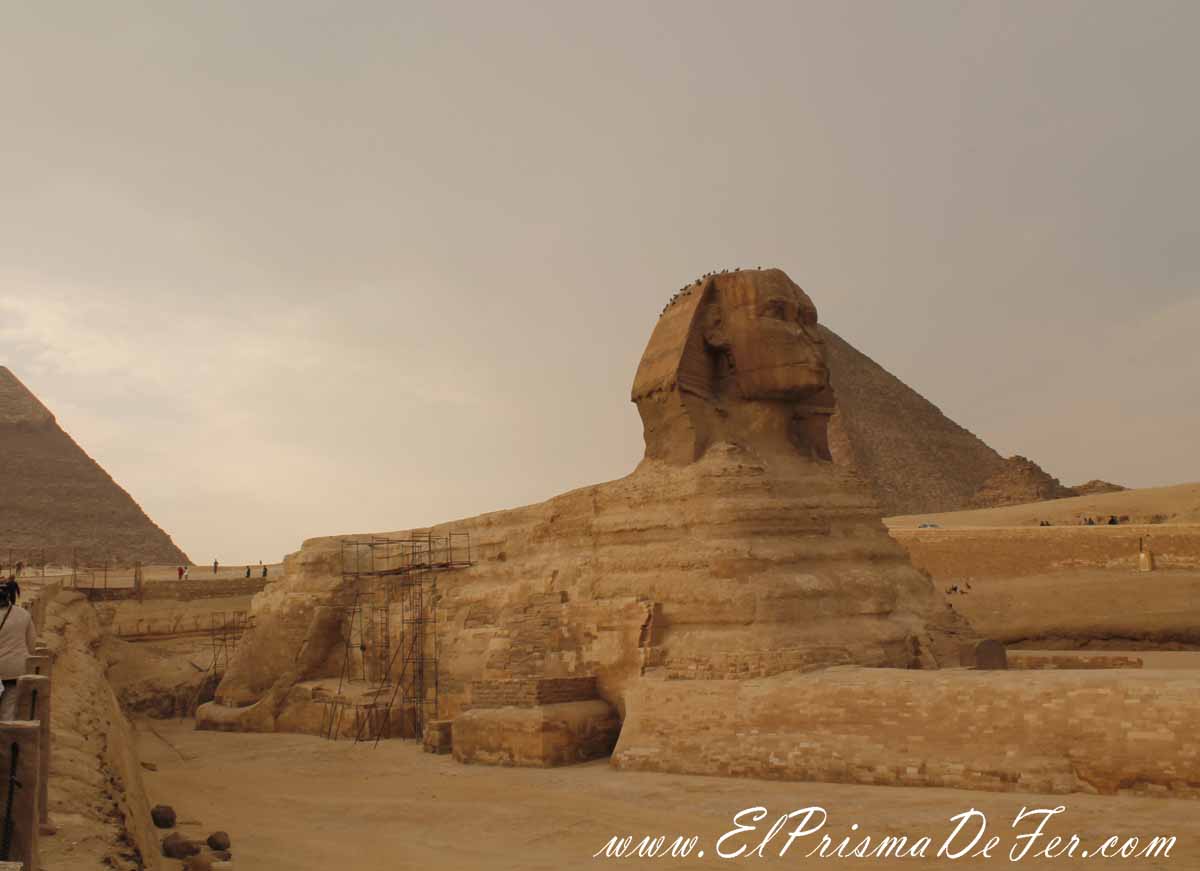
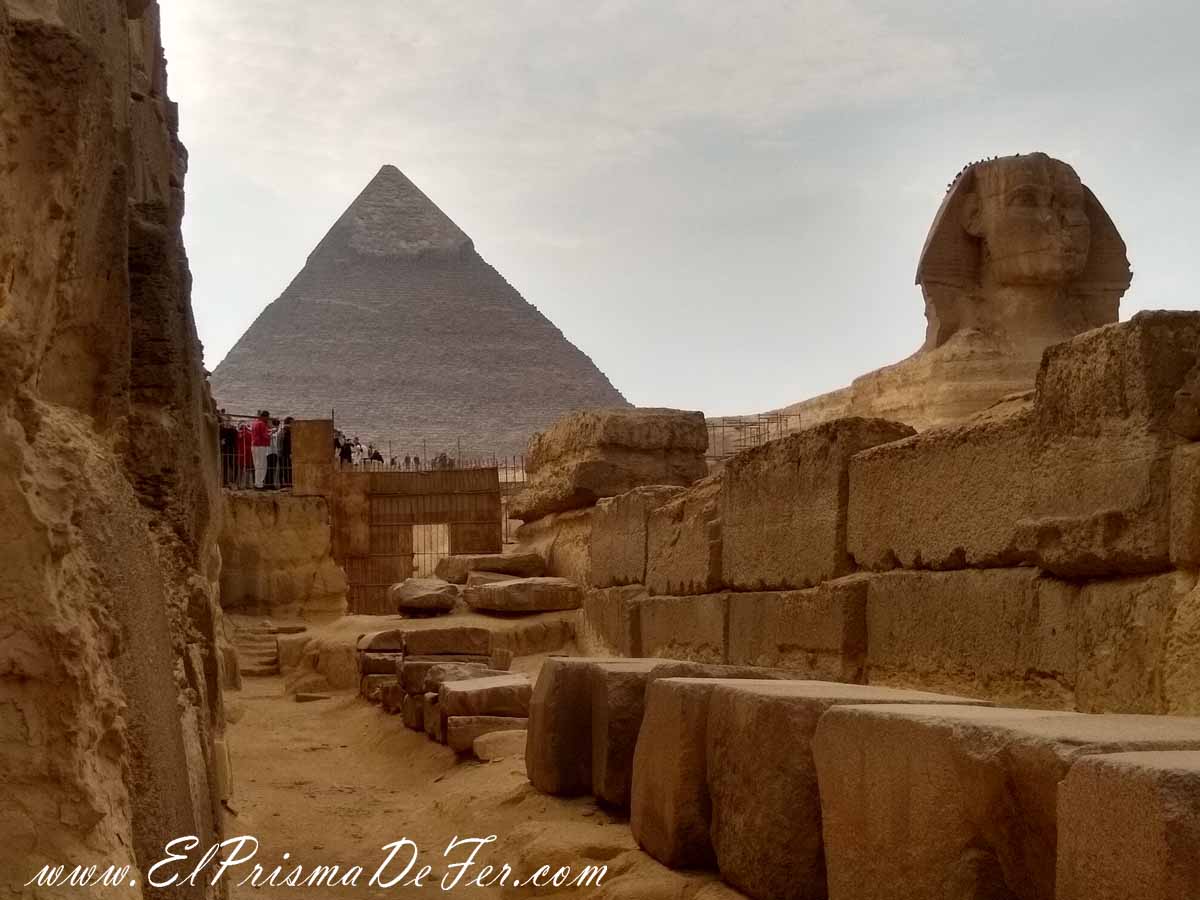
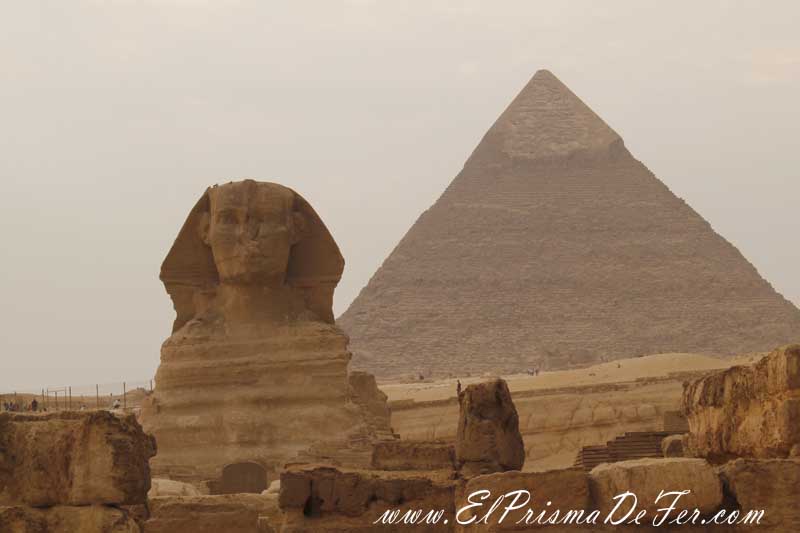
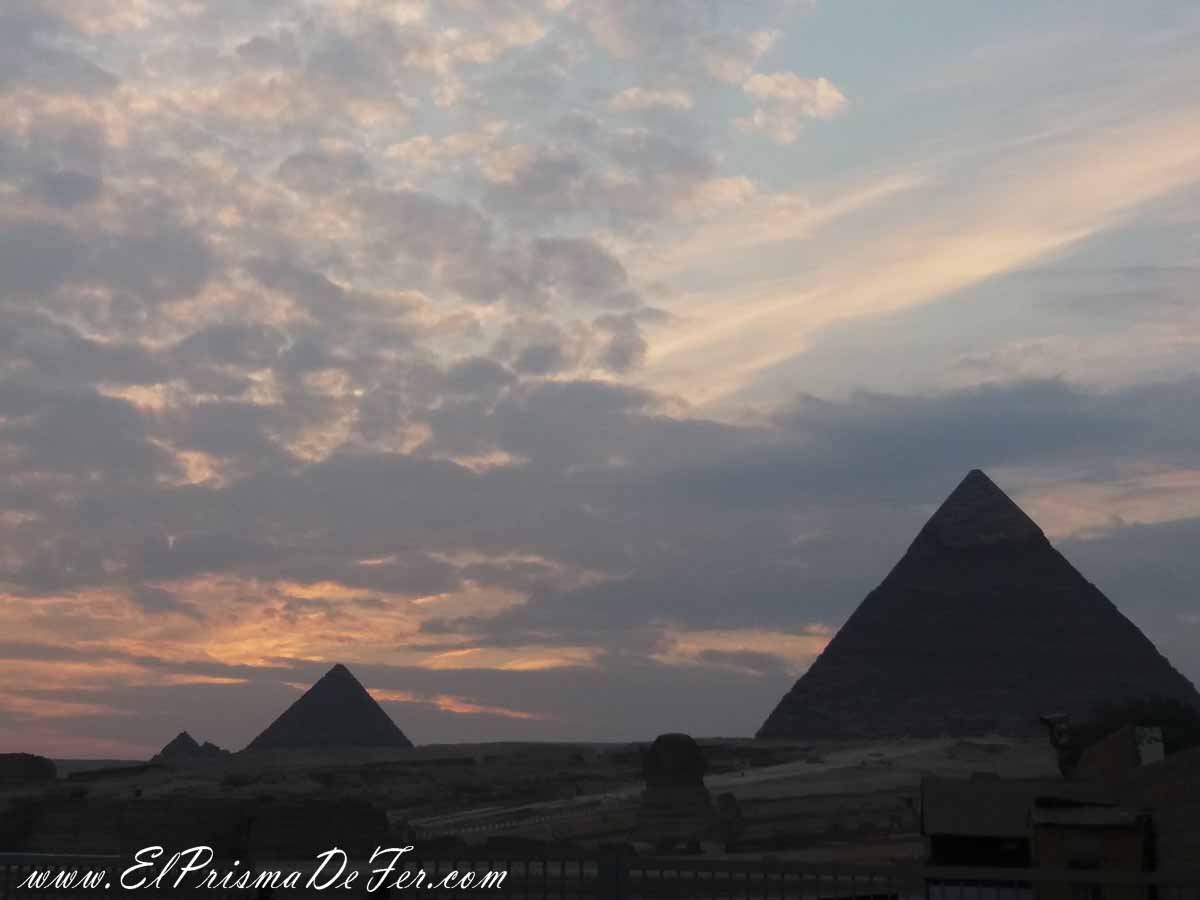
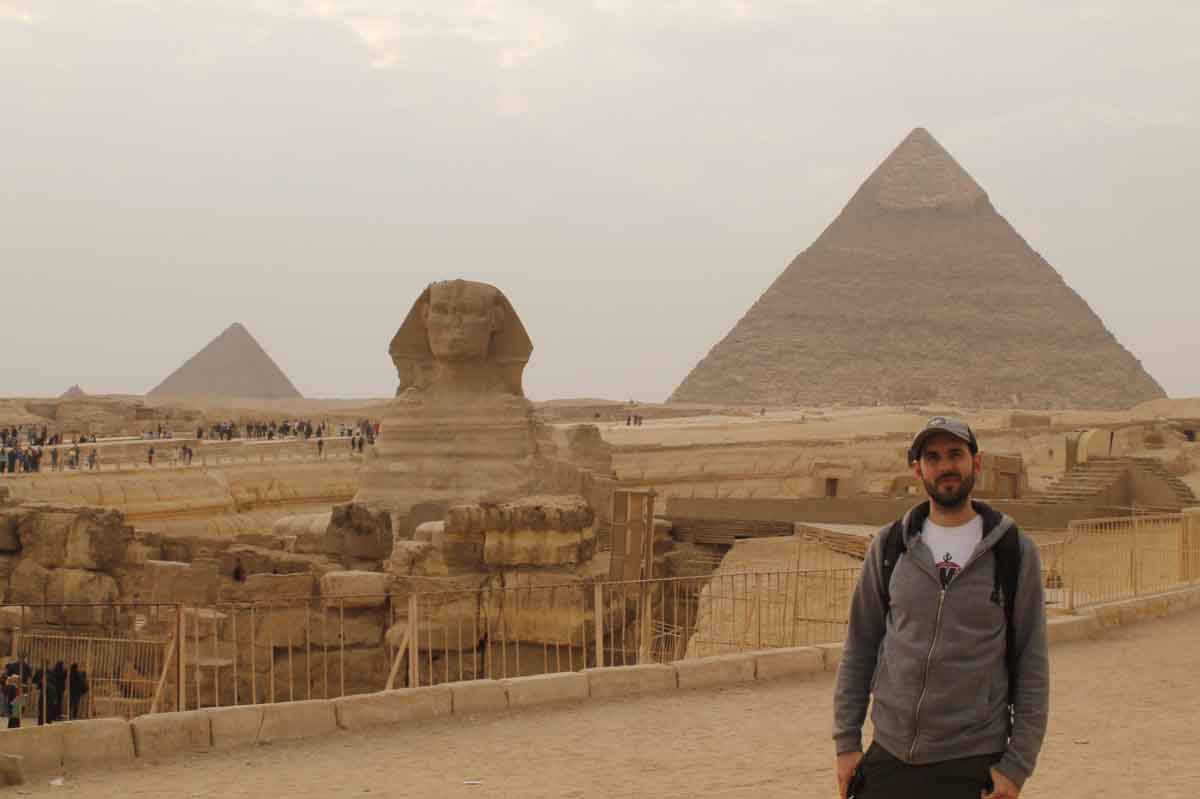
Good morning Fernando, nice story. How much time should you spend visiting the pyramids? Another issue: do you recommend spending one night in Giza and two in Cairo, or all three in Cairo? I only have three days.
Hi Fernando. Thanks for your kind words! If you have three days, one would be enough to visit the Pyramids. If you make the most of it, you can see the entire complex that day without rushing too much. As for spending the night in Giza or Cairo, both are valid, but with so few days, I'd base myself in one place (Cairo, for me) and move from there. It's to avoid having to carry luggage and check in/out so much.
Great information! I'm traveling these next few days and will be staying across the street from the main entrance. I was thinking about hiring a driver so I don't have to walk around the property, as it can be overwhelming during this time of year. Is this possible? Thank you very much.
Hi Sara! Thanks for your comment. You can rent some type of vehicle on the property. I'm not sure if you can bring a car in from outside. Just in case, check that out.